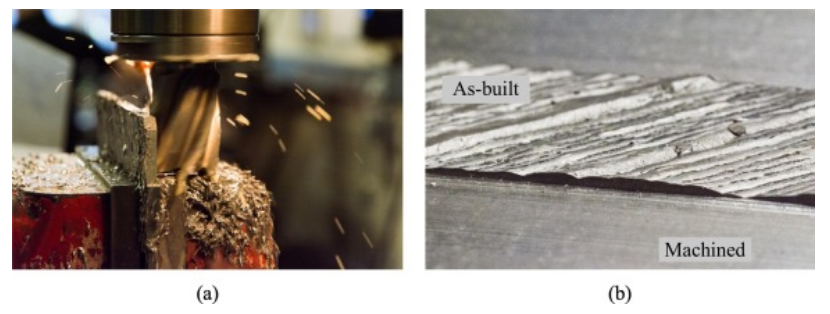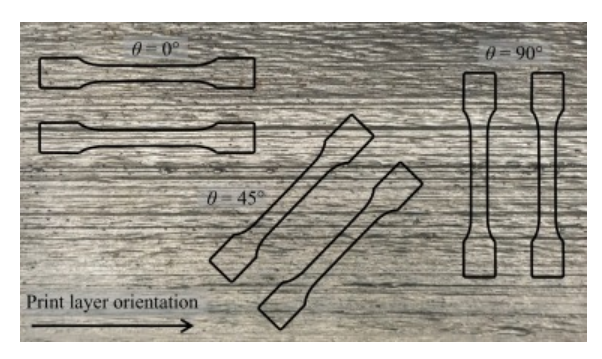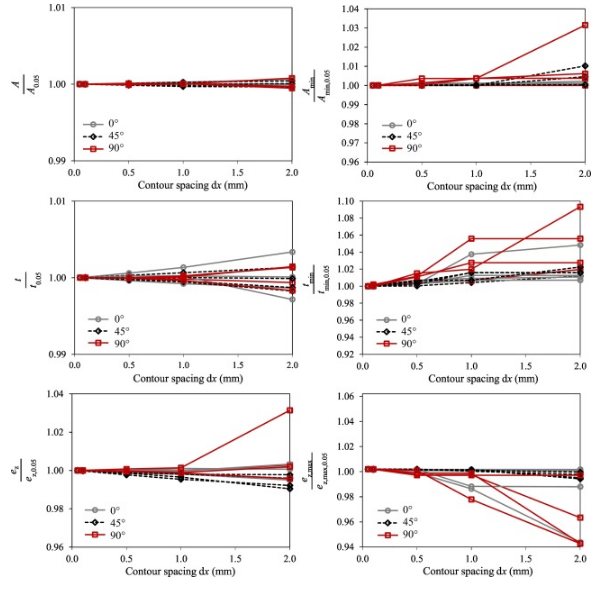Researchers from Imperial College London explore materials and techniques in 3D printing and AM processes, releasing their findings in the recently published ‘Mechanical and microstructural testing of wire and arc additively manufactured sheet material.’ As 3D printing begins to make obvious—and enormously positive—impacts in countless ways today, around the globe, many different scientists are now looking into ways to overcome challenges that continue to arise due to different requirements in research and development.
As users continue to push the limits of 3D printing and AM, both very powerful processes, obstacles are noted and then overcome one by one; for example, in wire and arc additive manufacturing (WAAM), designers and engineers can aspire to fabrication on the larger scale and enjoy many of the benefits of 3D printing—from greater affordability to much faster turnaround in production. WAAM, a method of directed energy deposition (DED), presents a variety of challenges as structural performance may be in question in terms of mechanical properties, anisotropy, and variables overall.
While printing with WAAM stainless steel is becoming increasingly popular for industrial uses, there have not been many studies; however, existing research has shown ‘potential correlation between the employed printing strategy and exhibited material properties,’ with an investigation of alloys and geometries used in applications such as aerospace.
“The undulating as-built geometry, which is inherent to the WAAM process, can be machined smooth, but this additional operation will add time and cost and may not be feasible with certain printed geometries,” stated the researchers. “If the material is left in the as-built state, an important question is: what is the influence of the inherent geometric undulation on the effective mechanical properties? This issue is also addressed herein and simple design rules for predicting the key mechanical properties are established.”

Chemical composition of 308LSi austenitic stainless steel wire (values in %), as provided by the manufacturer.
Samples for the study consisted of flat plates of 3.5 mm and 8.0, cut from oval tubes with flat sides. Overall, the 51 machined coupons were prismatic, and bearing uniform thickness.

(a) Milling of WAAM plate to produce machined (flat) coupons and (b) comparison of as-built and machined surfaces.
Twelve specimens were chosen further for 3D printing, with coupons scanned and processed in Rhino 3D.
Mean and standard variations of coupons were most suitable for finding the connection between good mechanical properties, as well as geometric variability.
The as-built specimens showed an effective decrease in Young’s modulus and strength when compared to the machined specimens due to the influence of the geometrical undulations; the most severe reductions were observed for the thinner material and for loading applied perpendicular to the layer orientation (i.e. θ = 90°).
“The microstructures of the printed material and its parent metal wire were found to be substantially different, with the printed material exhibiting a strong crystallographic texture, attributed to rapid solidification due to the WAAM process, with grains tracking the highest thermal gradient,” concluded the researchers. “Finally, since the results of the tensile coupon tests showed a direct dependence of the mechanical properties on the geometric variability of the WAAM material, predictive expressions correlating key effective material properties to the irregular geometry were devised.”
WAAM production is currently being used in a wide variety of projects, studying titanium oxidation, large-scale production with tungsten, and also integrating other technologies like robotics.
What do you think of this news? Let us know your thoughts! Join the discussion of this and other 3D printing topics at 3DPrintBoard.com.
[Source / Images: ‘Mechanical and microstructural testing of wire and arc additively manufactured sheet material’]Subscribe to Our Email Newsletter
Stay up-to-date on all the latest news from the 3D printing industry and receive information and offers from third party vendors.
Print Services
Upload your 3D Models and get them printed quickly and efficiently.
You May Also Like
Making Space: Stratasys Global Director of Aerospace & Defense Conrad Smith Discusses the Space Supply Chain Council
Of all the many verticals that have been significant additive manufacturing (AM) adopters, few have been more deeply influenced by the incorporation of AM into their workflows than the space...
EOS in India: AM’s Rising Star
EOS is doubling down on India. With a growing base of aerospace startups, new government policies, and a massive engineering workforce, India is quickly becoming one of the most important...
PostProcess CEO on Why the “Dirty Little Secret” of 3D Printing Can’t Be Ignored Anymore
If you’ve ever peeked behind the scenes of a 3D printing lab, you might have caught a glimpse of the post-processing room; maybe it’s messy, maybe hidden behind a mysterious...
Stratasys & Automation Intelligence Open North American Tooling Center in Flint
Stratasys has opened the North American Stratasys Tooling Center (NASTC) in Flint, Michigan, together with automation integrator and software firm Automation Intelligence. Stratasys wants the new center to help reduce...






































